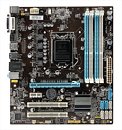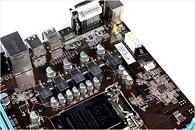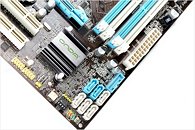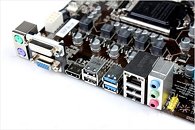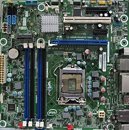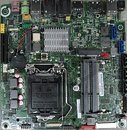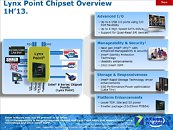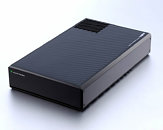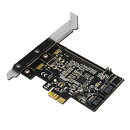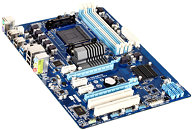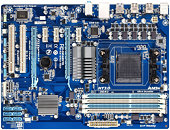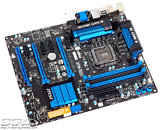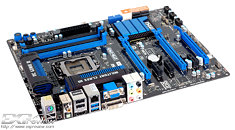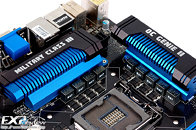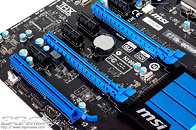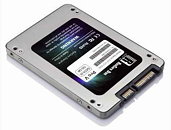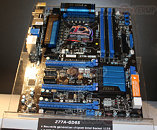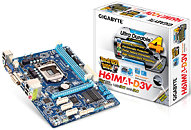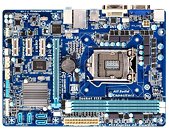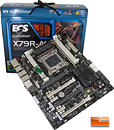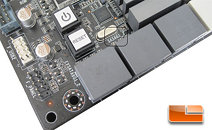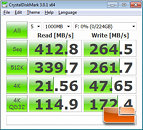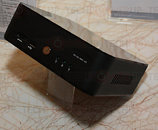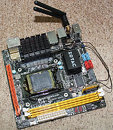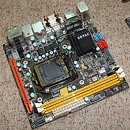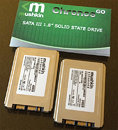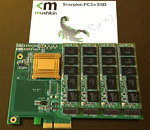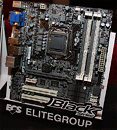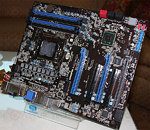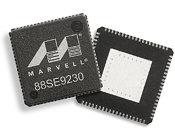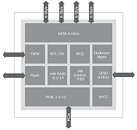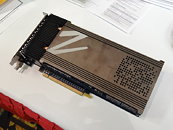ONDA Readies Value Z77 Micro-ATX Motherboard
Chinese motherboard manufacturer that specializes in high cost-performance motherboard, ONDA, is working on a micro-ATX motherboard based on the Z77 chipset. Its pictures made it to the press. The board mostly sticks to the chipset's feature set, except using an additional PCIe-PCI bridge that gives out two legacy PCI slots. As a Z77-based motherboard, it should support both overclocking and Smart Response SSD caching. The LGA1155 socket, which supports today's Sandy Bridge and tomorrow's Ivy Bridge processors, is powered by a simple 4+1 phase VRM. It is wired to four DDR3 DIMM slots, supporting dual-channel DDR3 memory.
All of the chipset's SATA ports are wired internally, including two SATA 6 Gb/s and four SATA 3 Gb/s. The board provides four USB 3.0 ports, two on the rear panel, two via header, all four are wired to the PCH. Apart from the two legacy PCI slots, we have one PCI-Express 3.0 x16 and one PCIe 2.0 x1. Display outputs include DVI, D-Sub, and HDMI. 6-channel HD audio and gigabit Ethernet make for the rest of the connectivity.
All of the chipset's SATA ports are wired internally, including two SATA 6 Gb/s and four SATA 3 Gb/s. The board provides four USB 3.0 ports, two on the rear panel, two via header, all four are wired to the PCH. Apart from the two legacy PCI slots, we have one PCI-Express 3.0 x16 and one PCIe 2.0 x1. Display outputs include DVI, D-Sub, and HDMI. 6-channel HD audio and gigabit Ethernet make for the rest of the connectivity.
